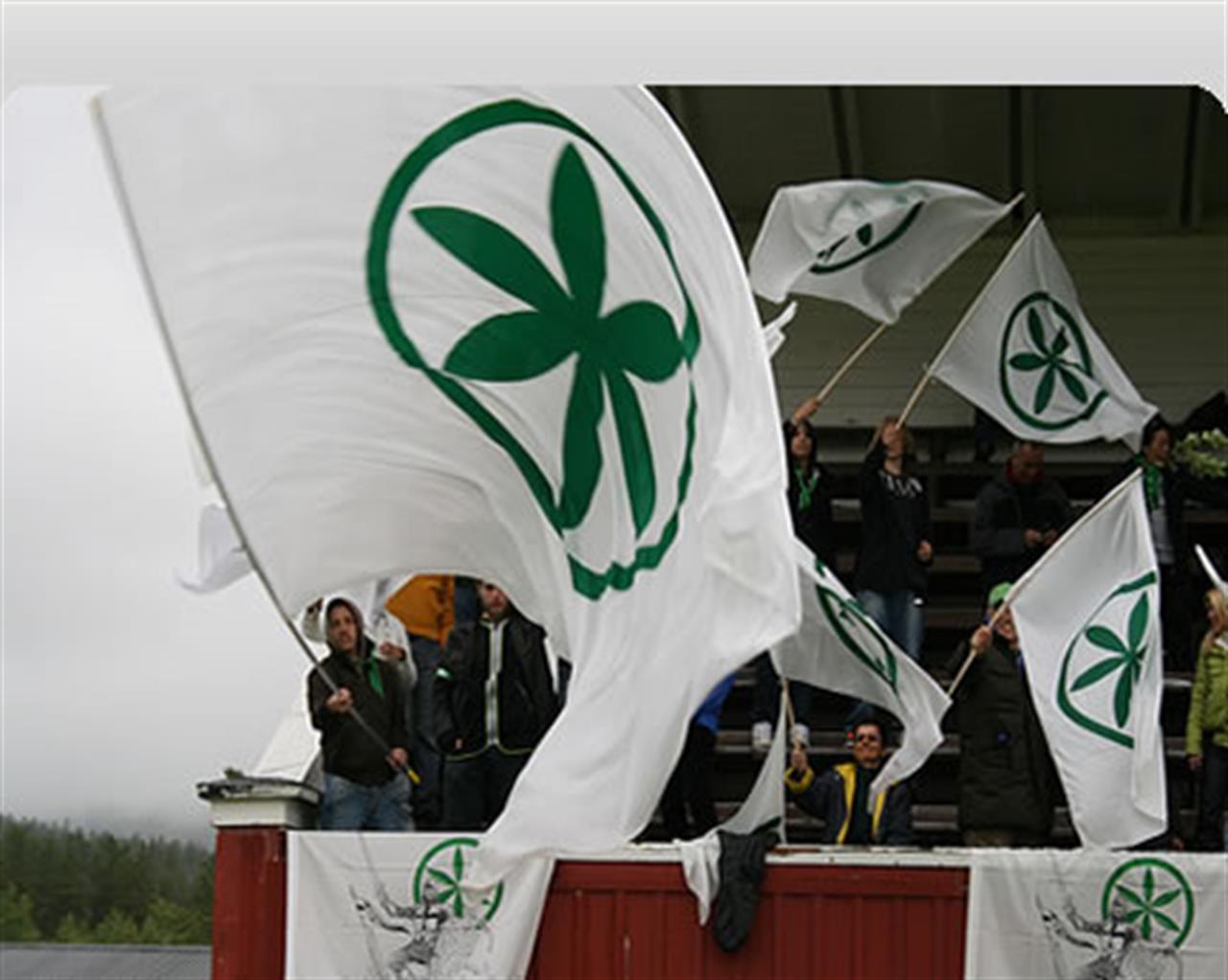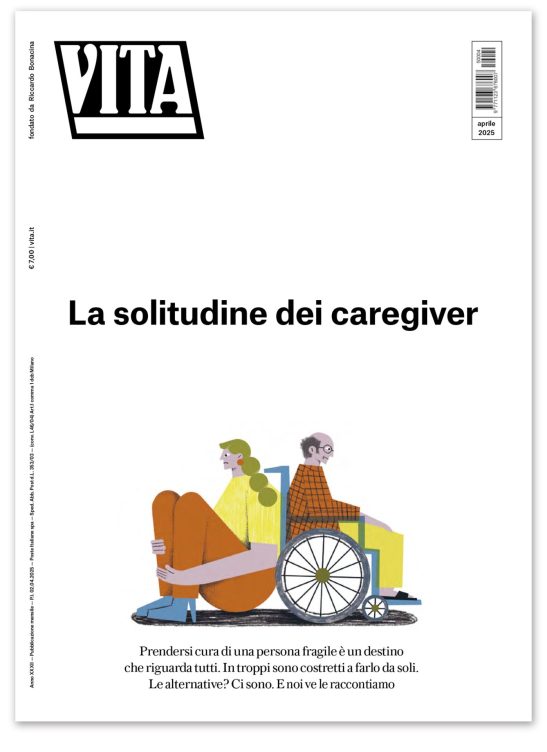Non profit
The other world cup
The Viva World Cup is running this year from May 31 to June 5 in Gozo, Malta
di Eric Johns

Perhaps for reasons not entirely related to football itself, the 2010 edition of the Viva World Cup, to be held in Gozo, Malta, promises to be an interesting few days.
Not to be mixed up with its Fifa older brother which is organising its own football World Cup in South Africa this June, The Viva World Cup gives a chance to those nations excluded from the rest of international sporting events – generally because they are not countries.
The event, which runs between May 31 and June 6, is open to all unrecognised entities. Its participants promise to raise a few eyebrows.
So far, five, mostly European teams have confirmed their presence. The list includes Padania, Italian separatist party Northern League’s birthplace; Occitania, a linguistic region covering France, Italy and Spain; Gozo itself and Provence, southern France.
The fifth is sure to be the most controversial.
Kurdistan, a semi-autonomous region in Iraq, also claims Kurd populations across Turkey, Iran and Syria and is set to host the next games in 2012. While Turkish jets have bombed Kurdish militants in Iraq, the Kurds are not always perceived as passive onlookers. In fact, Kurdish militant group, the PKK, is on the EU’s terrorist register.
Previous Viva World Cups have included teams from Turkish-controlled Cyprus and from Tibet.
The New Federations-Board (NFB), the NGO behind the games, is also in contact with football associations in Abkhazia and South Ossetia in Georgia, the Basque Country in France and Spain, Chechnya in Russia, Nagorno-Karabakh in Azerbaijan and Transnistria in Moldova about future participation. Kosovo, which is recognised by 22 EU member states, is trying to get into the official football body instead.
17 centesimi al giorno sono troppi?
Poco più di un euro a settimana, un caffè al bar o forse meno. 60 euro l’anno per tutti i contenuti di VITA, gli articoli online senza pubblicità, i magazine, le newsletter, i podcast, le infografiche e i libri digitali. Ma soprattutto per aiutarci a raccontare il sociale con sempre maggiore forza e incisività.
